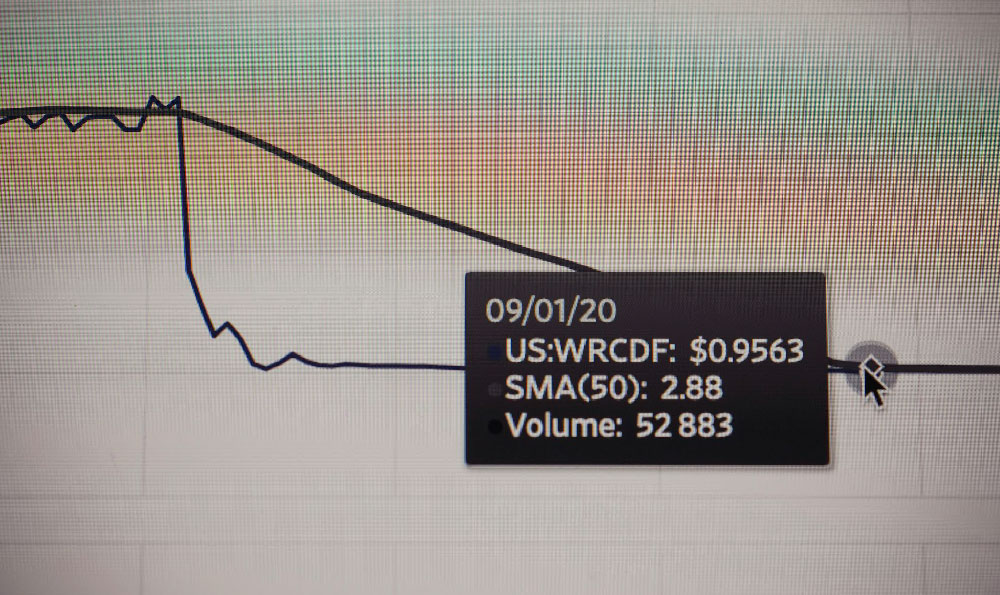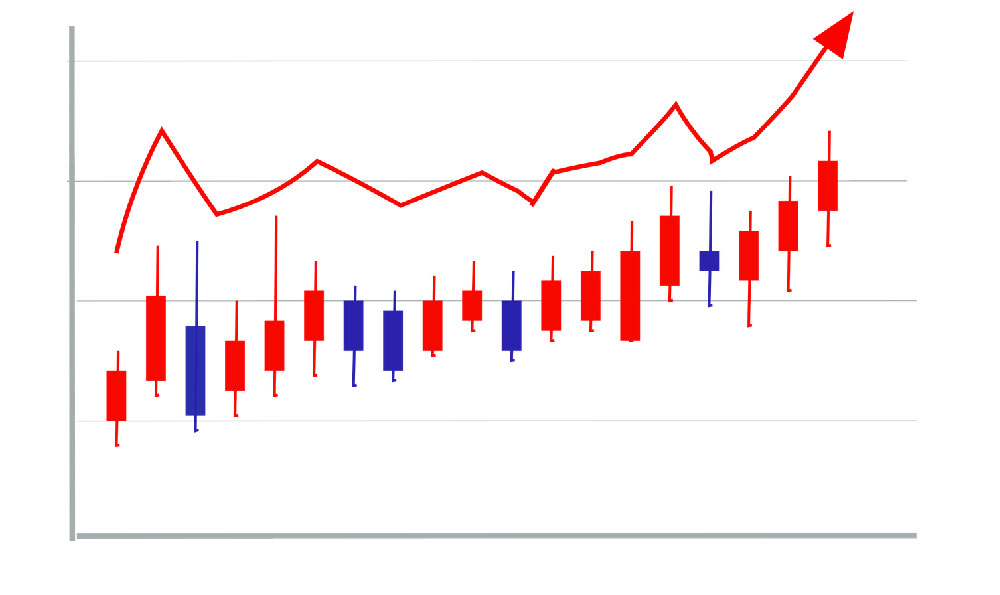Teacher Salary: Average Annual Earnings and Industry Insights
When considering the role of educators in society, it’s easy to overlook the financial realities they face. Yet, teacher salaries remain a critical topic, influencing recruitment, retention, and the overall health of educational systems worldwide. Understanding average annual earnings across different sectors and regions provides a clearer picture of the profession’s value, challenges, and opportunities. In many countries, teacher compensation has long been a subject of debate, with concerns over underpayment and the impact on educational quality. However, recent trends and evolving industry needs have led to shifts in how educators are valued and what they earn.
The average annual earnings for teachers can vary significantly depending on factors such as the level of education, geographic location, and years of experience. In the United States, for example, public school teachers earn an average of around $62,000 per year, according to the National Education Association. This figure, however, is not uniform across all states or types of schools. Teachers in urban areas or those working in specialized fields, such as STEM or special education, often command higher salaries due to increased demand and the need for specific qualifications. Similarly, in other developed nations, such as the United Kingdom, the average starting salary for a teacher might be lower, but career progression and potential for additional benefits, like pension contributions, can create a more substantial long-term income.

Beyond basic figures, the financial landscape of teaching is shaped by the broader context of education and societal values. In some regions, teachers are regarded as essential public servants, and their salaries reflect this status. For instance, in Scandinavian countries, where education systems are highly regarded, teachers often earn competitive wages compared to other professions. Conversely, in areas where education is undervalued, teacher salaries may lag behind those of similar jobs, leading to a brain drain from the profession. This disparity highlights how economic priorities and political decisions directly impact the livelihoods of educators.
The role of teachers has also expanded beyond traditional classroom duties, contributing to differences in salary structures. With the growing emphasis on holistic development, mental health support, and technology integration, teachers now take on responsibilities that go beyond instruction. These additional roles can affect salary expectations, as schools and governments seek to compensate for the increased workload and skill requirements. In some cases, educators may receive bonuses or incentives for adapting to new pedagogical strategies, further influencing their overall earnings.
Industry insights reveal that teacher salaries are not static; they evolve with changes in economic conditions, policy reforms, and societal needs. The global education sector has seen fluctuations in funding, particularly in response to public health crises or technological advancements. For instance, the pandemic accelerated the adoption of digital tools in classrooms, and this shift has continued to impact how education is delivered and subsidized. In some regions, governments have increased investment in teacher training and compensation as part of recovery efforts, while others have struggled to keep pace.
The impact of teacher salaries extends beyond individual livelihoods, shaping the quality of education and the availability of skilled educators. When teachers are fairly compensated, they are more likely to remain in their roles, leading to greater stability and educational continuity. Conversely, underpaid educators may face burnout or leave the profession, exacerbating challenges in the education sector. This dynamic underscores the importance of equitable salary structures in maintaining a robust and sustainable educational system.
Looking ahead, the future of teacher salaries appears to be influenced by several key factors. As technology continues to reshape classrooms, schools may invest more in training and infrastructure, which could translate to better pay for teachers who adapt to these changes. Additionally, the growing recognition of the role of education in economic development may lead to increased government investment, potentially improving salary prospects for educators. However, challenges such as inflation, budget constraints, and the need for policy reform remain significant obstacles to achieving fair compensation.
In conclusion, teacher salaries are more than just a reflection of economic data; they are a barometer of societal investment in education and the well-being of educators. As the industry continues to evolve, understanding these earnings and the factors that influence them becomes increasingly important. By examining these aspects, stakeholders can work toward creating more sustainable and motivating working conditions for teachers, ultimately enhancing the quality of education for all students.












